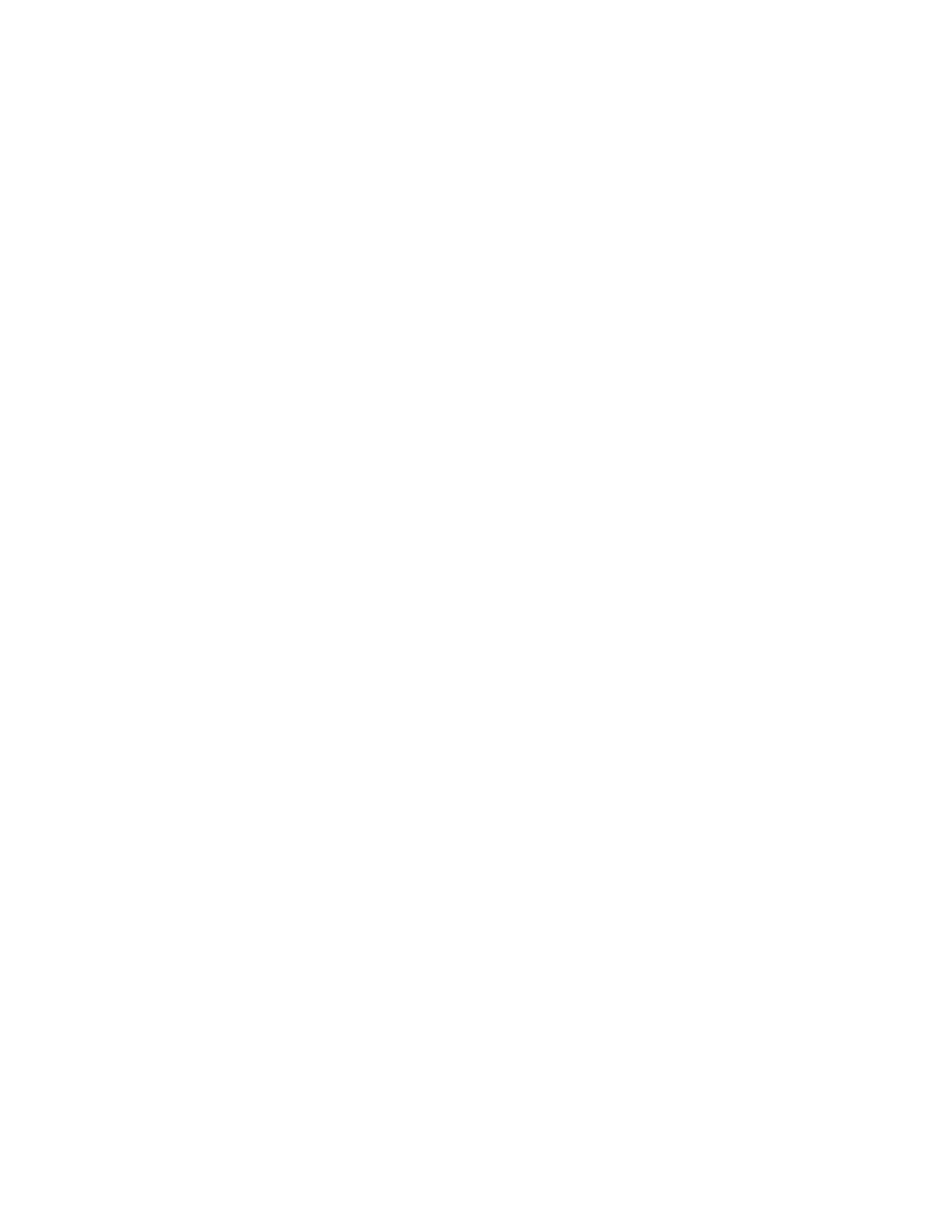Chapter 5 Parameters Definition
118
Ctrl+F7 = Recall Previous Settings: reloads the settings in effect when the screen
was opened. Affects currently selected zone and channel (Alpha, Beta, and Gamma)
only.
Ctrl+Home, Home, PgDn, PgUp, End, and Ctrl+End: these keys select the first,
first in the group, next, previous, last in the group, or last zone, respectively. Pressing
Home or End repeatedly advances quickly through singles, pairs, triples, etc.
Esc: Returns to the F3 – Detection Zones screen.
Line Items
Zone Alarm: This setting determines the use of the selected zone when monitoring
for contamination. All zones are always checked, this setting determines if they are
allowed to alarm. The choices for Zone Alarm are “Yes” (default), “Yes (but don’t
use for count time)” and “No”.
Selecting “Yes” performs the contamination check on the zone and also considers the
zone when determining the count time; “No” disables the zone for checking; “Yes
(but don’t use for count time)” performs the contamination check on the zone, but
does not use the zones to determine the system count time.
The Monitor Zone Status screen (page 250) shows the current background rate, LLD,
and required count times for all zones (single detector sections, pairs, triplets, quads
and all) as applicable.
If using the “Yes” choice causes a large increase in count time, it might be useful to
review the F6 – Monitor Zone Status screen. In the “seconds” column determine
which zones require the most monitoring time. Check the calibration of these zones.
Each single detector section in a sum zone should have a similar efficiency.
Self Shield Factor: This adjusts the background level subtracted during monitoring
(i.e. “Self Shield Factor – Occupied”), “…- Detector Contamination Check”, and
“… - Alarm Test” to compensate for an occupant’s body or source container
absorbing (i.e. shielding) some of the background radiation. In locations where high
radiation background fields are present, an adjustment to this parameter might help to
reduce or eliminate false readings, particularly false “clean” decisions. Other
considerations that influence the self shielding effect are related to the radiation field
source. Shielding factors will work for constant fields coming from a single direction
but not for radioactive gases in the environment (see also Krypton Mode on page 66).
Smaller people shield less than larger people do. Generally, some experimentation is
required to eliminate false count results.
Different Self Shield Factors can be specified for each counting mode, i.e.,
“Self Shield Factor – Occupied”, Krypton mode (if enabled), “… - Alarm Test”,
“…- Detector Contamination Check”, and calibration, however, except in rare
circumstances, only the “Self Shield Factor – Occupied” and Krypton Mode settings
would be changed from the factory default (1.0). The Self Shield Factor used during
calibration collections in set in the F3 – Calibration screen on page 121.
For most operating conditions, the Self Shield Factors should be determined using
the F2 – Optimize Self Shield Factors screen on page 213. However, it would be
